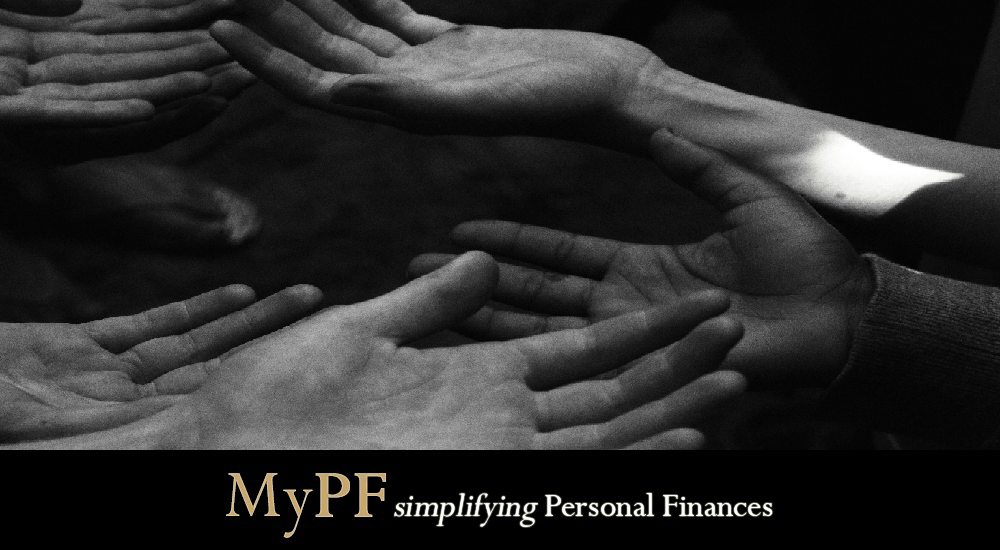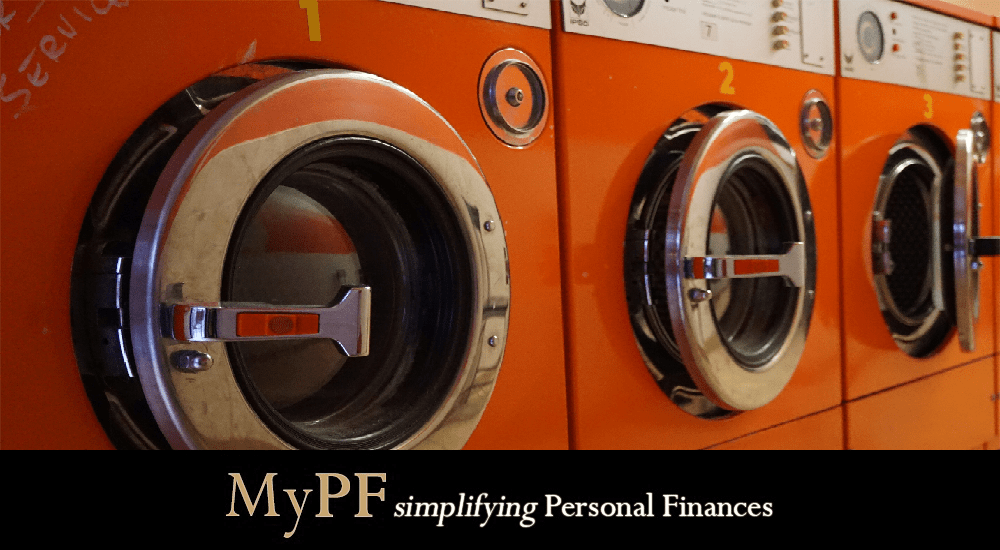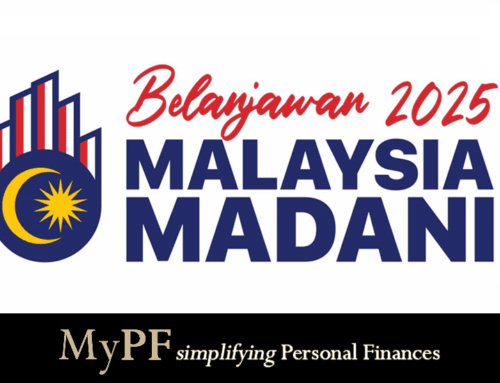What is criminal breach of trust? What is money laundering? Understanding CBT & Anti-Money Laundering Act (AMLA) in Malaysia.

Criminal Breach of Trust (CBT)
Reference from Section 405 of Malaysian Penal Code
Whoever, being in any manner entrusted with property, or with any dominion over property either solely or jointly with any other person dishonestly misappropriates, or converts to his own use, that property, or dishonestly uses or disposes of that property in violation of any direction of law prescribing the mode in which such trust is to be discharged, or of any legal contract, express or implied, which he has made touching the discharge of such trust, or wilfully suffers any other person so to do, commits “criminal breach of trust”.
Reference from Section 409 of Malaysian Penal Code
Whoever, being in any manner entrusted with property, or with any dominion over property, in his capacity of a public servant or an agent, commits criminal breach of trust in respect of that property, shall be punished with imprisonment for a term which shall not be less than two years and not more than twenty years and with whipping, and shall also be liable to fine.
Criminal Breach of Trust Elements
- Entrusted: assigned responsibility, care or custody
- Property: things or belongings of someone
- Dishonest: behaving in deceitful or untrustworthy way with intention to mislead or cheat
- Misappropriates: embezzlement, theft or unfairly taking monies or items of monetary value belonging to another for own use
- Converts: knowingly and intentionally taking control of another’s possessions
Detailed Definition of Dishonestly
Whoever does anything with the intention of causing wrongful gain to one person, or wrongful loss to another person, irrespective of whether the act causes actual wrongful loss or gain, is said to do that thing “dishonestly”.
Explanation in relation to the offence of criminal misappropriation or criminal breach of trust it is immaterial whether there was an intention to defraud or to deceive any person.
Penalty
Penalty for CBT may include a fine, imprisonment no more than 10 years (2-20 years for criminal breach of trust by public servant), and whipping.

Money Laundering
What is AMLA?
The Anti-Money Laundering (AMLA), Anti-Terrorism Financing and Proceeds of Unlawful Activities Act 2001, is Malaysian laws enacted to provide for the offence of money laundering, the measures to be taken for the prevention of money laundering and terrorism financing offences and to provide for the forfeiture of property involved in or derived from money laundering and terrorism financing offences, as well as terrorist property, proceeds of an unlawful activity and instrumentalities of an offence, and for matters incidental thereto and connected therewith.
What is Money Laundering
Money laundering is a process of converting cash or property derived from criminal activities to give it a legitimate appearance. It is a process to clean ‘dirty’ money in order to disguise its criminal origin.
Impact of Money Laundering
- Increase in the overall rate of crime that could threaten national security.
- Inhibit the growth and competitiveness of the economy.
- Taint the integrity and reputation of the business and financial sector.
- Increase cost of doing business and operations of various sectors of the economy.
Laundering of Illegal Proceeds
Placement is one of the ways where illicit funds are separated from their illegal source and are placed into the financial system. Some of the common methods include:
- depositing the ill gotten gains into financial institutions;
- structuring (smurfing) which the funds are of high value are broken into many small value transactions;
- use of financing facilities at a financial institution and making accelerated repayment before its tenure; and
- cashing unused chips at casinos for casino cheques, making them appear as “winning cheques”.
Layering is the second stage of the money laundering process where it involves the process of creating multiple layers of transactions to further distance the illegal funds from their illegal sources. The purpose of layering is to obscure or to make it difficult to trace the origin of the funds. Examples of layering are:
- multiple transfers and re-transfer of funds into the same or various accounts;
- repeat invoicing for the same transaction; and
- re-sale of assets originally purchased in cash by using the illicit funds.
Integration is the final stage that completes the money laundering process where laundered proceeds are successfully integrated into the economy as legitimate funds. Transactions normally involve buying property or high value items or engaging in legal businesses by using funds that have been successfully placed or layered in the financial system. At this stage, it will be quite difficult to detect the illegal funds as the funds would appear legitimate. Integration normally involves the following activities:
- trading activities that include invoice manipulation to remit money abroad;
- engaging in legal business by providing capital or loans; and
- buying property or high value items.
AMLA Enforcement
AMLA is enforced by various agencies depending on the nature of the crime under their respective purviews. Bank Negara Malaysia is empowered to investigate money laundering cases relating to laws administered by Bank Negara Malaysia:
- Financial Services Act 2013
- Islamic Financial Services Act 2013
- Money Services Business Act 2011
- Development Financial Institutions Act 2002 (Act 618)
Penalty
Under Section 4 of AMLA, any person who commits a money laundering offence and shall on conviction be liable to imprisonment up to 15 years, and fine min 5x the sum or value of money or RM5m (whichever is higher).
Reference
- Laws of Malaysia (agc.gov.my)
- Anti Money Laundering & Counter Financing of Terrorism (bnm.gov.my)




Leave A Comment